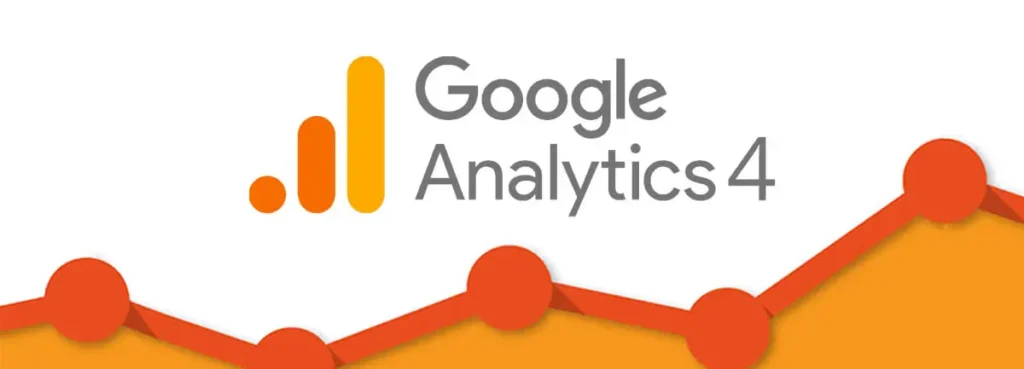If you keep a close eye on your Google Analytics account – or just dip in from time to time to see what kind of traffic you’re getting to your website – you’ll already know that Google has just officially replaced Universal Analytics (or UA, its older version of Analytics) with the new version, GA4.
GA4 has actually been around since the back end of 2020, but few marketers were willing to transition over to it, because it’s a very different interface that’s based on a completely different data model. There were – and are – lots of reasons why we’ve tried to hold on to UA for as long as possible.
For example, the events vs sessions discussion is a big one. Now, the data drawn from GA4 is based on ‘events’, which are specific interactions that are taking place on your site. An ‘event’ could be anything from a page load or a button click to a form completion or an actual purchase. But previously, Google was set up to support five goal types: destination, duration, pages/session, smart goals, and event goals. In GA4, it will be difficult to record ‘hits’ in the same way, or to replicate some of these goals in the new ‘event’-focused format – although Google’s migration tool will be able to help you translate your UA goals into GA4 conversion events.
When it comes to getting the software to track data that’s actually important to you, you can rely on Google’s ‘automatically collected events’, such as page views and link clicks, or you can set up custom events for those interactions that matter to your business. So, it is still possible to get good insights from the platform – you’ll just need to rethink your KPIs if you were relying heavily on UA’s features beforehand.
Here are some other key changes you’ll need to consider when shifting across to GA4.
On the plus side:
- Unlike UA, GA4 allows you to access data from your Google Ads account instantaneously, which means you can create in-depth reports for your marketing campaigns much faster than before.
- It also allows for easier integration with other Google apps, including Google Merchant Center and its cloud-based data warehouse BigQuery. (The latter was once only available to users with a UA 360 account, but it’s free now.)
- You can now track website and app data in the same property.
- GA4 has better data accuracy and privacy controls – two things we all need more of these days! It’s actually possible to collect data on GA4 without using third-party cookies or collecting IP addresses.
- GA4 also has enhanced predictive learning capabilities, which means it should be able to make more useful projections about user behaviour.
But there are some things that might make using GA4 a bit trickier, if you’re very much used to how UA works. Before you go trawling through long articles and how-to videos, here’s what you need to know:
- Because all goals are event-based, you will need to use Google Tag Manager to create custom events and dimensions and track your conversions.
- Data streams are new. A data stream represents a flow from your website or app into Google Analytics itself. UA used to collect data at the property level using a tracking ID, but GA4 now collects data at the stream level via a unique data stream ID. Each GA4 property can have up to 50 data streams and a limit of 30 app data streams.
- Bounce rate doesn’t exist as a metric in the same way it did in GA4. It’s now calculated using the percentage of sessions that were not considered to be engaged sessions – so it’s basically the opposite of an engagement rate. For reference, engaged sessions are sessions that lasted at least 10 seconds, had at least 1 conversion event, or had at least 2 page or screen views.
- There’s no such thing as a ‘View’ element anymore. There are only two parts to your GA4 setup: your account, and your property.
- If you used to rely on UA’s Channels tab for information on how users have reached your website’s pages – for example, from organic sources, or via paid search campaigns or social media referrals – sadly, this section doesn’t exist anymore. Personally, I miss this aspect of the software, as it made it really easy for my team and I to report back on our clients’ digital marketing
How do you transition from UA to GA4?
The deadline for data migrations from UA to GA4 was 1st July 2023. This means that, if you haven’t tagged your GA4 property correctly and completed the setup process, Google will no longer record any data in or relating to your old UA property.
(This doesn’t apply to UA 360 properties, which will keep running until 1st July 2024.)
If you haven’t set up GA4 yet, and you still want to continue using Google Analytics to monitor traffic to and behaviour on your website, you need to log in ASAP, complete the setup process, and create new events in your GA4 property that make sense in the context of the new software’s logic.
